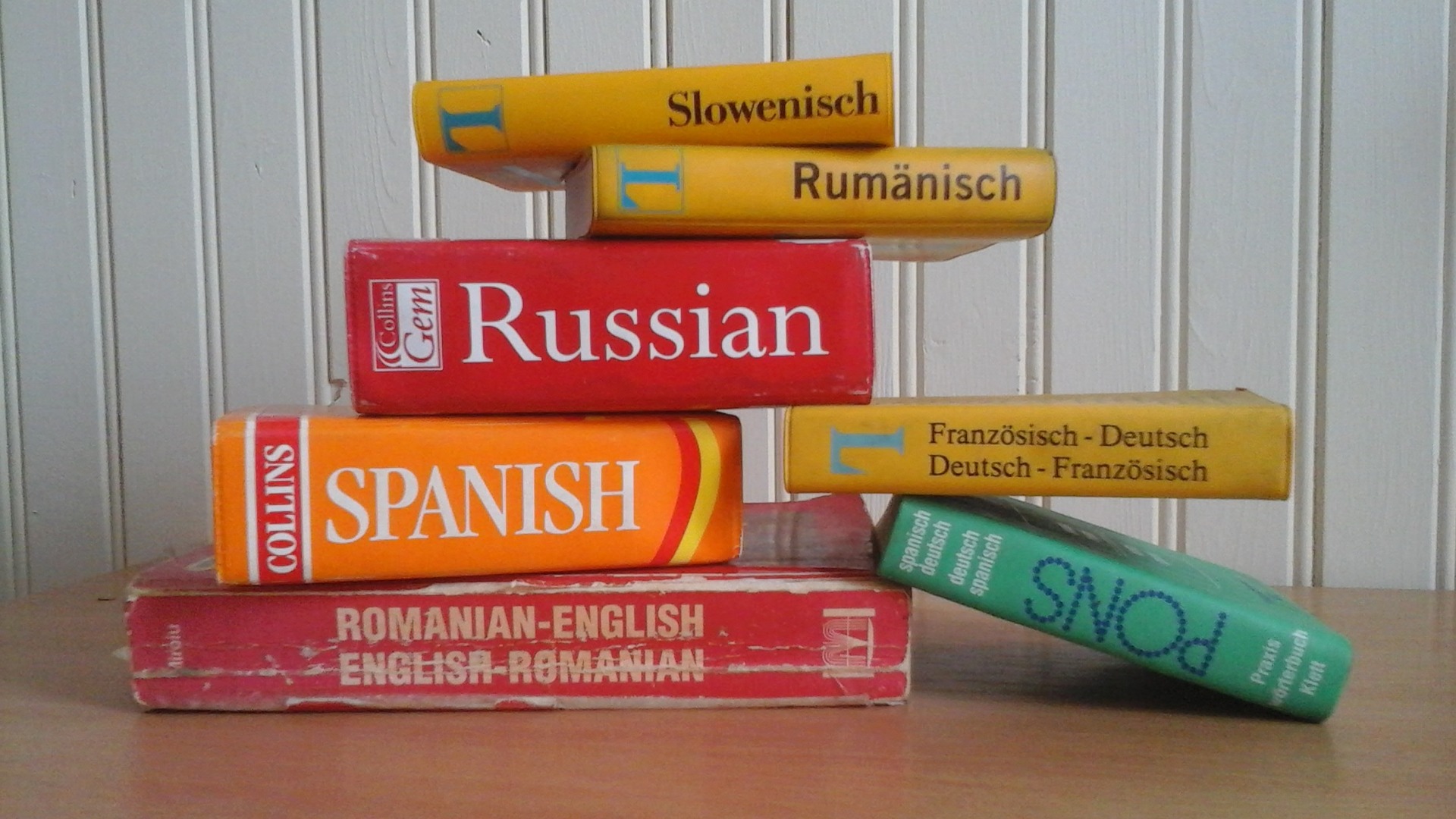Given the way so many companies and people around the world are interconnected, translation (particularly of documents) has become a highly-demanded practice and service. In theory, just knowing two languages should be enough to begin translating, but there are a lot of peculiarities that apply to documents. Anyone taking up this task should be aware of the right approaches, and the tips below should help with this matter.
1. Don’t rely on Google Translate (unless you absolutely need to)
Over the 15+ years of its existence, Google Translate has undergone massive improvements and proven itself as one of the best translation tools out there. And yet, it is not as good as a professional interpreter, and certainly not reliable/accurate enough to be used for document translation. That does not mean that you should cross it off the list, though. This tool is still very handy for translating individual words and phrases.
2. Be flexible with the layout
Another thing to keep an eye on is which layout you apply to the final (translated) document. If you try to fit it tightly into a text box or identical page count, you may face issues. This is because the length of words, sentences, and texts in general vary quite a bit between languages, even if the meaning stays the same.
Many symbols also contain visual elements that affect the layout and size of the text, with Asian hieroglyphs being an obvious example. Accordingly, the best thing to do (if possible) is to adapt the translated document layout to the peculiarities of the language and text, and change the look to maintain clarity and cohesion.
3. Understand the source material
You will have the easiest time and best speed translating if you understand the subject matter and terminology used in the document. This knowledge should help you choose the best analogs in the destination language and avoid semantic mistakes that undermine the whole purpose and utility of the document.
4. Choose or create a style guide
A style guide helps maintain uniformity and accuracy in your translations, maintaining a single tone, approach, terminology, structure, etc. It’s like a handy instruction book that lets you jump into translation quickly and already have a plan for tackling it. Some companies like to borrow existing style guides, and others create their own. There is also an option to use existing material with custom additions/alterations of terminology, phrases, and clauses.
5. Plan your time & budget
One of the greatest follies in translation is estimating that it will take as long to complete as writing a text of the same length. In reality, this is a complex and thought-intensive process that often takes much longer than even generous estimates. To make the most of your time and budget, it is recommended to have it done by a professional who has worked with such documents before, or hire someone from an outside agency.
6. Maintain industry standards
One last thing to remember is that your industry, company, and country may all have rules and policies that concern the translation of sensitive documents. Some may apply to privacy and how the materials are protected throughout the translation process, while others dictate which terminology and phrasing can be used. If you follow all the relevant guidelines, you should do just fine.













